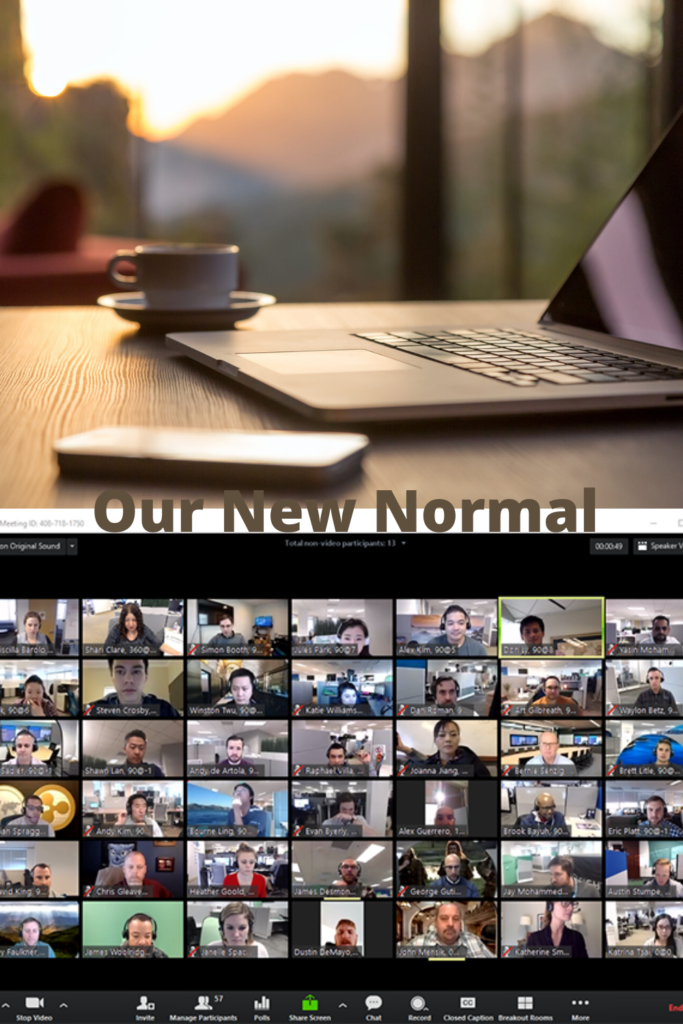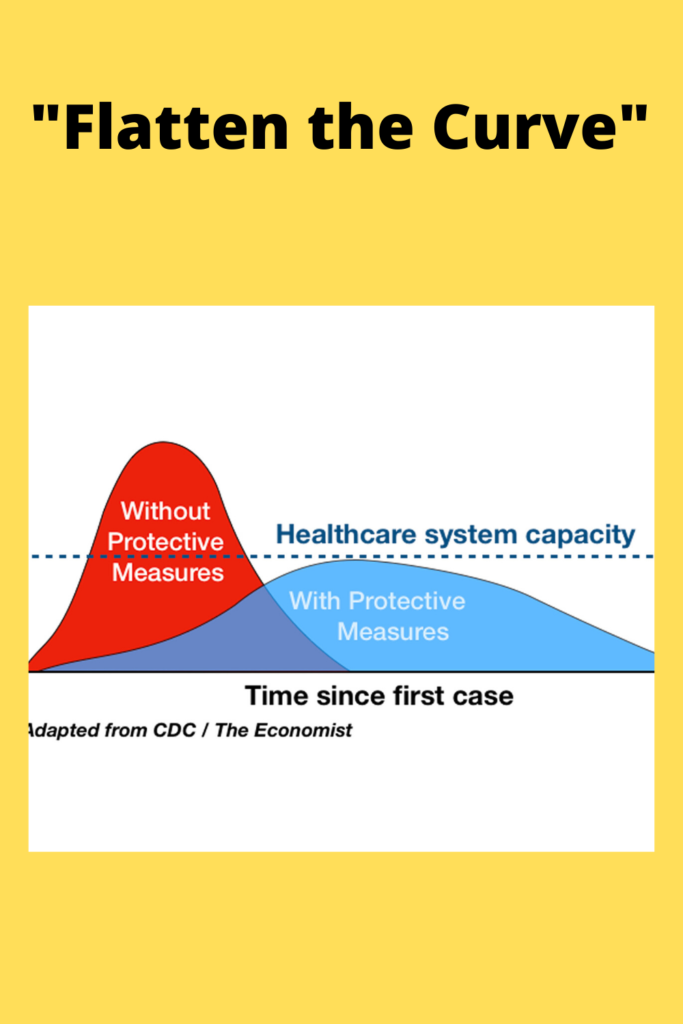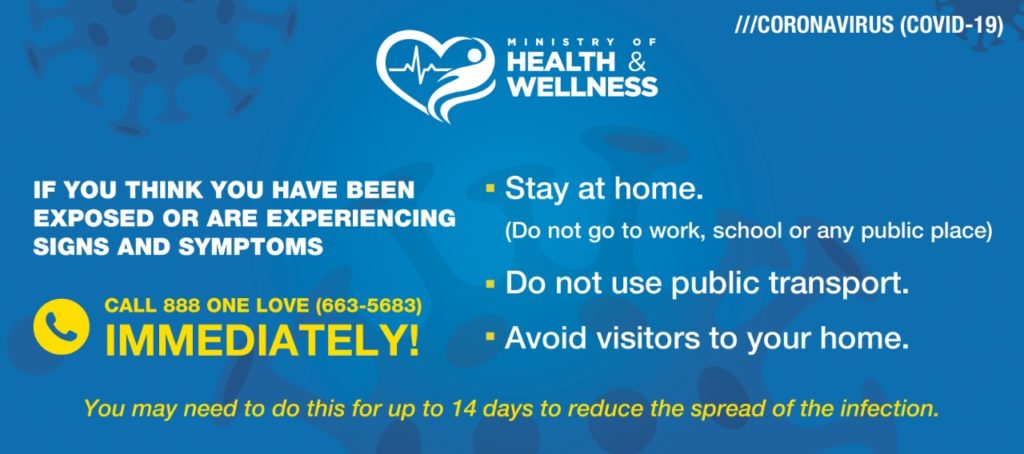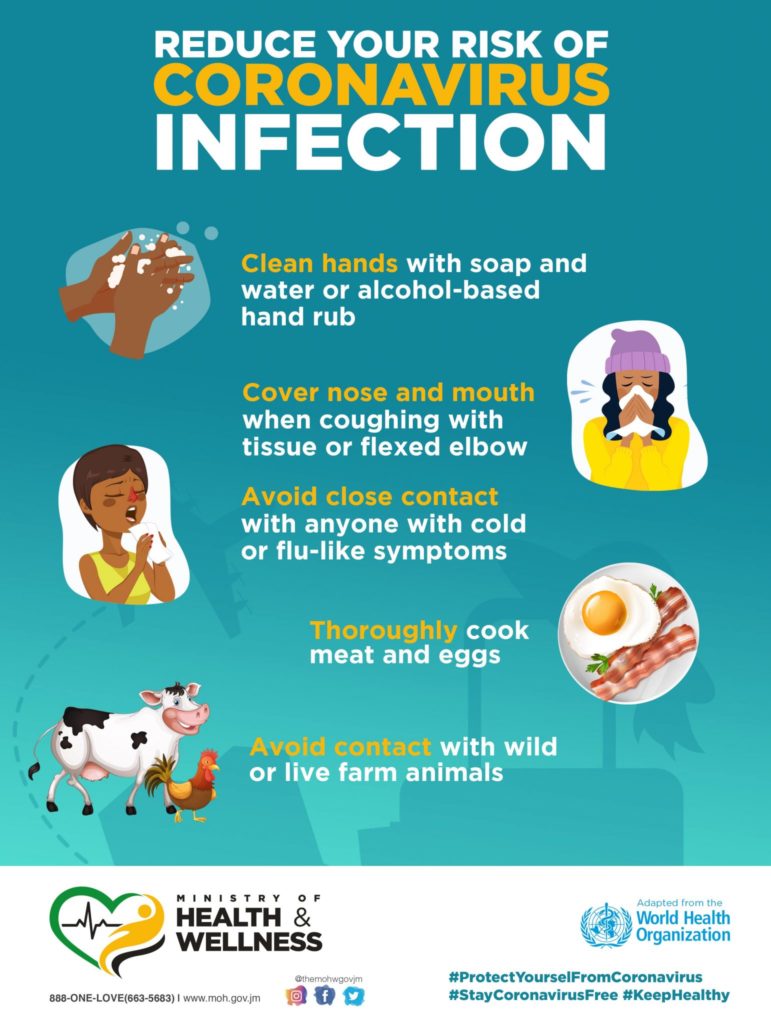Are you an employee working from home right now? If you are not, why is this so? Are you working on a production line? Are you delivering a tangible to a customer? If not, why aren’t you working from home?
Many years ago I was employed to one of the more forward thinking organizations in Jamaica. I was part of an initiative that saw several of us being trained in forming Business Continuity Plans. This plan was formed in order to keep business running in the face of any kind of business interruption (natural disaster, civil unrest, etc.) We also had to test it, and it was in executing these simulations and tests that I designed that I came up against what I consider to be the biggest obstacle to so many in the work force being able to work remotely: management attitudes. Sigh.
The Basic Elements of a Business Continuity Plan
A business continuity plan is designed to keep the business going in the face of a business interruption. A business interruption is any occurrence or disruptive event that prevents the business from carrying out normal activities. The business continuity plan therefore looks at the following:
- The mission critical business processes
- Key personnel needed to support these mission critical business processes
- The specific IT support needed to support these mission critical business processes
- Contingency plans including manual work-arounds should the disruption impact the IT support
- Identifying the core team that will be operationalized and the chief authority figure once there is a business interruption or disruption of any sort, responsible for co-ordinating all personnel and processes and dealing with issues that arise during this period.
Important to note: During the disruption, it is not expected that the business runs as normal, hence the emphasis on mission critical business processes. The aim is to keep customers informed and supplied, and to keep revenue streams going for as long as possible. During a business disruption, regular reports that are due, planning meetings and routine tasks that do not involve customers and their needs along with generating and collecting revenue take a back seat.
Resistance to team members working remotely
The business unit I was assigned to back then was a logistics outfit; we were responsible for co-ordinating the movement of goods across the globe, from suppliers in diverse places to customers in diverse places as well as handling exports from Jamaica to various parts of the world. There was a lot of paper that needed to be moved in support of these activities, as well as telephone calls and emails to the various stakeholders that we served and worked with. I think we were ahead of many units in terms of our comfort level with working via electronic methods and we didn’t have customers standing in front of us requiring service. But still I encountered resistance from some quarters as I designed a plan to enable key personnel to do all that they needed to do remotely.

Life In The Time of COVID: Gimme Likkle Space!
What a time to be alive! Could you ever have imagined what we see unfolding in front us us now? This is the stuff sci-fi movies are made of! China, Italy, Spain, the UK, and the USA… lock downs, quarantines, deaths in the hundreds, and the universal strategy of “flattening the curve” as we try as a planet to come to grips with this pandemic, the root cause of which is a virus called COVID-19. This pathogen seems to spread very easily, and it lives on almost any surface. Flattening the curve is an attempt to slow down the rate of spread so we don’t all get sick at the same time and overwhelm public health resources and capabilities. The best way to slow down the rate of spread is to reduce contact between each other. We’re being asked to stay home. We’re being asked to NOT gather in groups. They call it “social distancing”. In Jamaica we say “gimme likke space.”

This pandemic that Planet Earth is grappling with now, has really shown us just who key personnel are, hasn’t it! The strategic planners and thinkers among us can sit at home and think and plan. But we need shop attendants and delivery personnel to get our food and medicines in our hands. We need garbage collectors to keep doing their jobs as we focus on maintaining sanitary surroundings. We need our nurses and doctors to deal with the sick and we need the ancillary staff at hospitals to support the efforts of the nurses and doctors by feeding them and keeping the place clean.

So Just Who Are Critical Personnel?
In the operation that I crafted the business continuity plan for, we identified the team that took orders and arranged shipments and created invoices as the mission critical personnel. And yes, order taking, coordinating shipments and invoicing customers were the mission critical activities. But guess who could not work remotely in the event of a business interruption? That very same team! They were not given company phones. They were not given laptops. They had to find their way to a building where they plugged in on desk-tops and used desk phones to do their jobs.
In executing the business continuity plan tests, I had to borrow laptops, configure them, buy phone credit for the team and encroach on their personal cell phones, arrange for dongles to allow them to get internet access on said laptops. It was a hassle. But I was determined. I KNEW that getting a team that could work from anywhere in the world as long as there was internet would ultimately increase productivity. So I pressed on. The reasons I got against equipping them with laptops and company phones were around cost and network security.
Old Habits (and Attitudes) Die Hard…
But I have my own thoughts on the resistance I encountered in getting the team in a position to work remotely. Believe it or not, laptops and company phones were viewed as status symbols rather than the tools that they in fact are! And not everybody gets to model with the perceived trappings of high office. I also believe that there are those among us whose default position is one of low-trust: if we can’t see you working, it means you’re not working. Its as if seeing someone toiling is way more important than seeing the expected output. Smells like a hang over from slavery to me.
Here’s to Happy Endings, and improved Productivity
I’m happy to report that we made progress. We moved to equipping those critical personnel one by one with the tools that enabled them to work remotely. Storms came and went. There were episodes of civil disturbance preventing team members from coming in to office. Team members had personal challenges like a sick child that they were unable to leave alone at home. And through all of these things, shipments moved, customers were kept happy and the revenue stream flowed clear and deep.
So…Why Aren’t You Working From Home in the Middle of a Pandemic?
Are you working on a production line? Are you delivering a tangible to a customer? If not, why aren’t you working from home? And if you’re in charge of a business, why aren’t your workers who are doing none of the above working from home?
- Is it a matter of tooling? That’s easily fixed. That’s a decision and a purchase.
- Is it a matter of network security? That too has a fix. Tell an expert what needs to be protected and let them advise you how.
- Is it a matter of current policies and procedures demanding manual approvals and shuffling of paper from person to person? Time to do a business process review and identify opportunities for automation. And as you identify mission critical business processes, I bet you that you’ll find redundant, obsolete, non-value added stuff that is taking up valuable time and resources. Cull those! No better time to start doing this than now.
The Future is Here
Never in a million years did I envision a business interruption such as what we’re going through now with this COVID-19 pandemic. Schools are practically closed for the rest of the academic year. Some kids have pivoted seamlessly to online classes until their schools ring the final bell. So many workers have been laid-off as airlines and hotels have their business sharply drop to zero. In practically every country in the world we’ve been ordered to stay home. Many of us are working from home. Many more of us ought to be working from home, and could be working from home if only we had the requisite tools and supporting policies and procedures in place.
I pray for health for us all. I pray that we emerge from this crisis able to recover quickly, stronger and more agile than before. Wash your hands, build and protect your immune system, gimme likkle space (Jamaican for “social distancing”) and peace be unto all.



